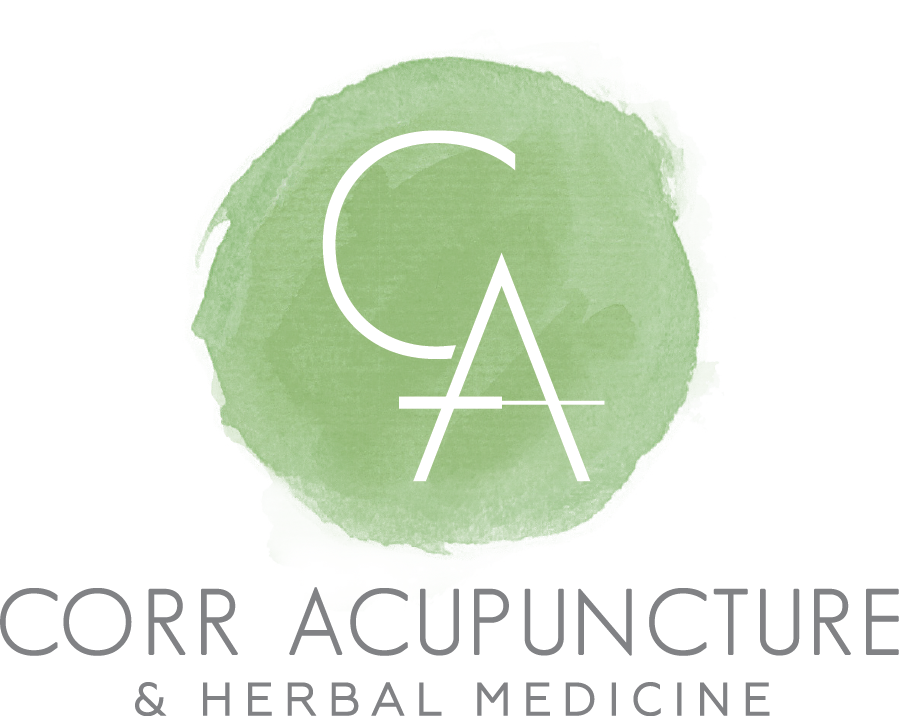“I was first introduced to Beth Ann through a physical therapist after I had a stroke at age 23. The physical therapist told me how much Beth Ann had helped her to recover from her injuries, so I was excited to try acupuncture for myself. It turned out to be one of the best decisions I’ve made. Beth Ann has aided my recovery from my stroke tremendously. She not only does acupuncture, but also cupping, herbs, moxa, etc.. She helps with pain, soreness, and fatigue. Beth Ann is always a pleasure to work with; she’s attentive, patient and considerate. I can’t thank her enough for how much she’s helped me. I recommend everyone I know to her.”
Cupping: Cupping gained a lot of attention during and following the 2016 Summer Olympic games when swimmer Michael Phelps and other athletes were spotted with numerous red circles on their backs, arms and legs. In fact, Cupping is one of the oldest healing methods of traditional Chinese medicine. Special cups made of glass, bamboo or silicone are heated, then quickly and safely applied to the skin. As the air inside the cup cools, a vacuum is created, which then suctions the skin. Blood vessels expand, resulting in various degrees of redness; this moves stagnation in the muscles, improves lymphatic flow, and stimulates the immune response. It is not painful, and the redness disappears within a few days. I often employ a modern method of cupping that requires no heat, but uses a rubber pump attached to the cups. Sometimes, I slide the cups on the skin, creating a massage effect, or I cup over small needles. Whichever the method, Cupping can be highly effective for conditions such as the common cold, asthma/allergies, Bells Palsy, herpes zoster, acne, headaches, pain, and gynecological issues.
The earliest recorded use of cupping in China dates to the fourth century, when the noted herbalist Ge Hong wrote about a form of cupping in A Handbook of Prescriptions. Later books written during the Tang and Qing dynasties described cupping in great detail; one textbook included an entire chapter on “fire jar qi,” a type of cupping that could alleviate headaches, dizziness and abdominal pain.
Gua Sha: Gua Sha is another wonderful healing technique that is commonly used in both households and hospitals across Asia. Pain and illness arise when our vital life force, our Qi, does not flow properly, causing stagnation. A Gua Sha treatment is administered by using a tool to scrape or press-stroke along lubricated skin in one direction, thereby moving stagnant blood and qi from muscle fascia. The pressure should be felt, but not painful, to the patient. The result is a red, rash-like petichae ("sha"), evident in areas where there was significant pain or illness related to that area of the body. Research shows an anti inflammatory and immune system response that can bring relief from such problems as coughing, muscle stiffness, symptoms of the common cold, and inflammatory diseases.
